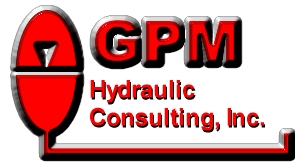
P.O. Box 1376
Monroe, GA 30655
(770) 267-3787
gpm@gpmhydraulic.com
 |
 |
 |
 |
 |
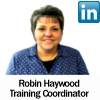 |
December 2013
For an archive of past newsletters, please visit:
http://www.GPMHydraulic.com/newsletter_archive/
"Troubleshooting Hydraulics" Newsletter
www.gpmhydraulic.com
1. Is My Reservoir Sized Properly?
2. Call GPM For Emergency Troubleshooting
3. Our NEW Accumulator Safety DVD
4. Is It Time For A Hydraulic Reliability Assessment At Your Plant?
5. Parts Changer or Troubleshooter? Take the Quiz!
6. 2014 Hands-On Public Reliability & Troubleshooting Workshops
A common rule of thumb for sizing a reservoir is that it should hold at least three times the rated flow of the pump. For instance, if your machine uses a 30 GPM pump, the reservoir should hold 90 gallons of oil. Typically, another ten percent is added to allow sufficient air space above the fluid to leave room for entrained air to exit the oil. For a lot of systems, this is a good design. Even under constant use, the oil gets to rest at least three minutes before cycling through the pump again. As long as ambient temperature is not unusually high, excess heat can be dissipated to atmosphere by radiation across the exterior surface area of the tank and enough volume is present so that high velocity oil from the return line comes to rest, allowing contaminants to settle and air bubbles in the oil to escape and ultimately exit through the breather.
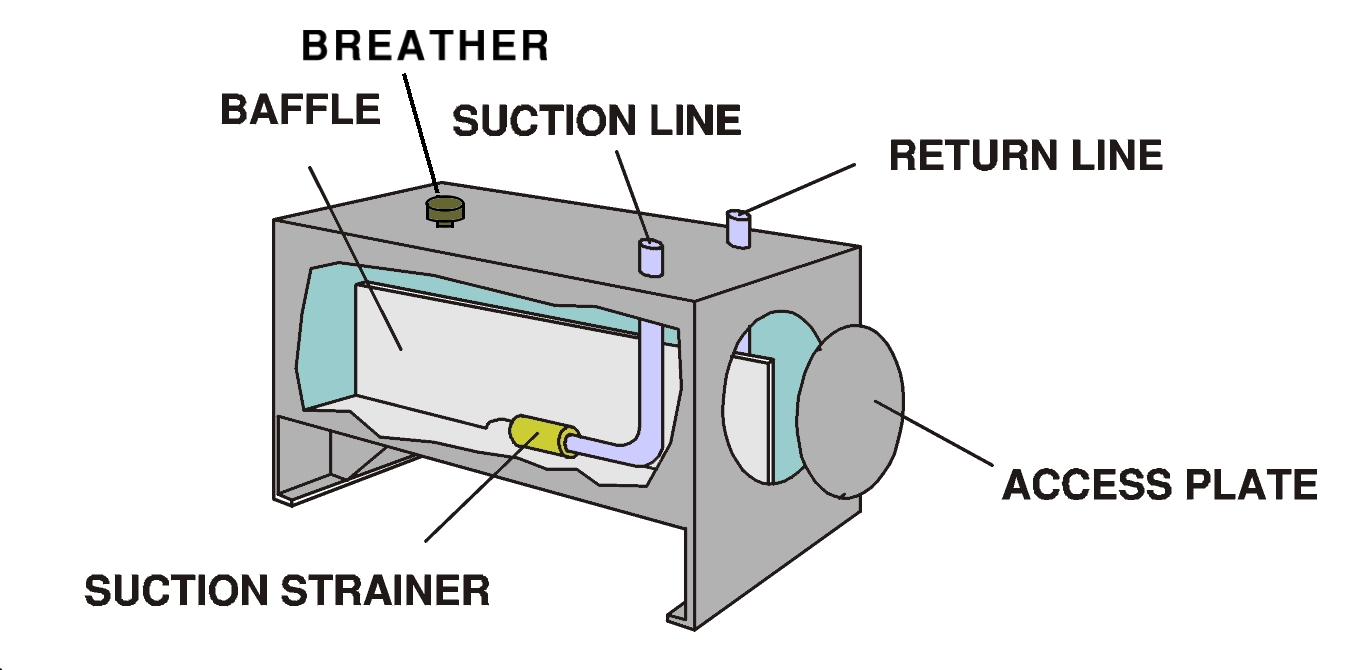
This is a common design, but certainly not suitable for every conceivable system. Other factors must be taken into consideration. Many very large systems leave as much (or more) oil in the piping, manifolds and actuators as the reservoir holds. If the system drains when it is shut down, there must be room to hold this oil in the reservoir as well. Many systems use a check valve in the tank line to keep oil from draining back, but at some point components in the machine must be replaced, requiring at least a portion of the system to be drained. If the reservoir will not hold this additional oil, a procedure for collecting excess oil (without contaminating it) must be in place.
The bigger the system, the more we must take thermal expansion into consideration. Most mineral oil based industrial hydraulic fluids will expand approximately 0.06 cubic inches per cubic foot by volume for each Fahrenheit degree of temperature increase. In large systems, this can be substantial. More oil is required to extend a cylinder than to retract it. If your system has large or very many cylinders, oil level will change dramatically throughout a full machine cycle. Large accumulators may also affect oil levels. The last thing we would want is for the oil level to drop near or below the suction line of the pump and cause it to aerate.
While this all may suggest that bigger is better for reservoirs, the trend is actually toward making them smaller. Design objectives have changed over the years. Nowadays there are more requirements to save space, keep oil usage to a minimum and cut the overall cost of a system. Some measures can be taken to reduce the size of a reservoir. An efficient heat exchanger can eliminate the need for a very large reservoir, particularly when ambient temperatures are very high. Cooling a lot of oil in a high temperature environment by radiation alone can be impractical, particularly when considering the large amount of heat that can be generated by a hydraulic system. Even a very well designed machine that is properly adjusted and maintained can generate significant heat. Orifices, servo or proportional valves, pressure controls and even bends in the pipe - anything that causes the system to produce more power than is consumed by the load generates heat.
We determine reservoir size mostly by temperature. There must be enough surface area to dissipate heat to atmosphere if there is no heat exchanger. This is calculated by the following formula:
0.001 X Sq. Ft. Surface Area X Temperature Difference (F) Between Air and Oil
So, if we have 30 sq. ft. of surface area and a temperature difference of 50 degrees, we would calculate:
0.001 X 30 X 50 = 1.5 hp.
Since each horsepower equals 2,544 BTU/hr, we would radiate 3816 BTU/hr. We remember from school that one BTU is the heat required to raise one pound of water by one degree Fahrenheit. Fortunately, mineral oil has a specific heat of only about 40% that of water. So each BTU will reduce the temperature of one pound of mineral oil by 2.5 degrees. Since a gallon of mineral oil weighs about 7 pounds, it takes about 2.8 BTU's to lower each gallon of oil one degree Fahrenheit. In our example above, 25 gallons of oil would radiate enough heat to lower its temperature by about 3.4 degrees Fahrenheit in one hour.
When calculating surface area, remember to calculate only the area that is contacted by oil. Since a reservoir is never full to the brim, it will not radiate over its entire area. The area above the oil level radiates at only a negligible rate.
Finally, we must consider room to access internal components for servicing and cleaning. Many reservoirs are cramped and hard to maintain. The result is often that they are not cleaned or inspected as often as they should be.
When should this all be calculated? Naturally, this should be determined in the initial design phase, but experience shows that machines are often modified over the years. A higher flow pump, the addition of an accumulator, an extra hydraulic circuit or almost any other modification changes the thermal properties of the machine as well. Failing to consider how this affects the ability of the reservoir to accommodating the needs of the system can be expensive.

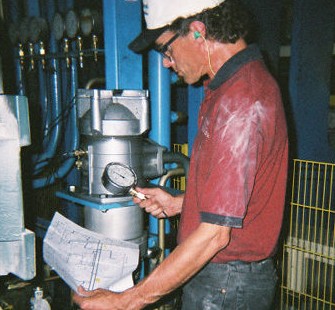 | 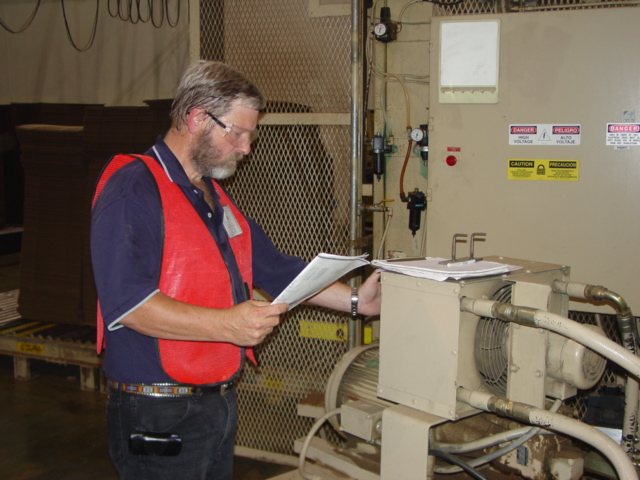 | 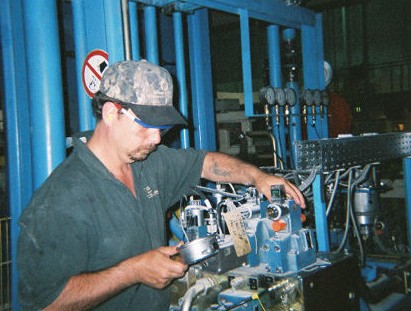 |
Nothing is more expensive than unscheduled down time. GPM’s customers know they can call whenever they have a troubleshooting issue they simply can’t resolve. With over 75 years' experience dealing with hydraulic failures, our consultants have the resources to help troubleshoot whatever hydraulic problem you encounter. Whether you’re experiencing a total system outage, repeated component failure or need a professionally designed hydraulic reliability assessment, the consultants at GPM can help. Call GPM for:
- In-plant Troubleshooting
- Leakage Problems
- Pressure Settings
- Shock Problems
- Hydraulic Reliability Assessments
- Hydraulic Troubleshooting Manual Development
- Startup Consulting and Recommendations
- Heat Problems
- Repeated Component Failures
- Speed Problems
Do you want to learn more about how GPM can help you? Go to http://gpmhydraulic.com/troubleshooting.php.
1 2-pound piece boneless pork loin Heat oven to 350. Season the pork with the allspice and 1/2 teaspoon pepper and place on a rimmed baking sheet. In a small bowl, combine the cherries, parsley, and mustard. Spread evenly over the pork. Lay the bacon slices crosswise over the pork, overlapping them slightly and tucking the ends underneath. Roast for 45 minutes. In a small bowl, combine the jelly and vinegar. Brush over the bacon and continue roasting until bacon is crispy, about 10 to 15 minutes more. Let rest at least 10 minutes and slice into half-inch slices. |